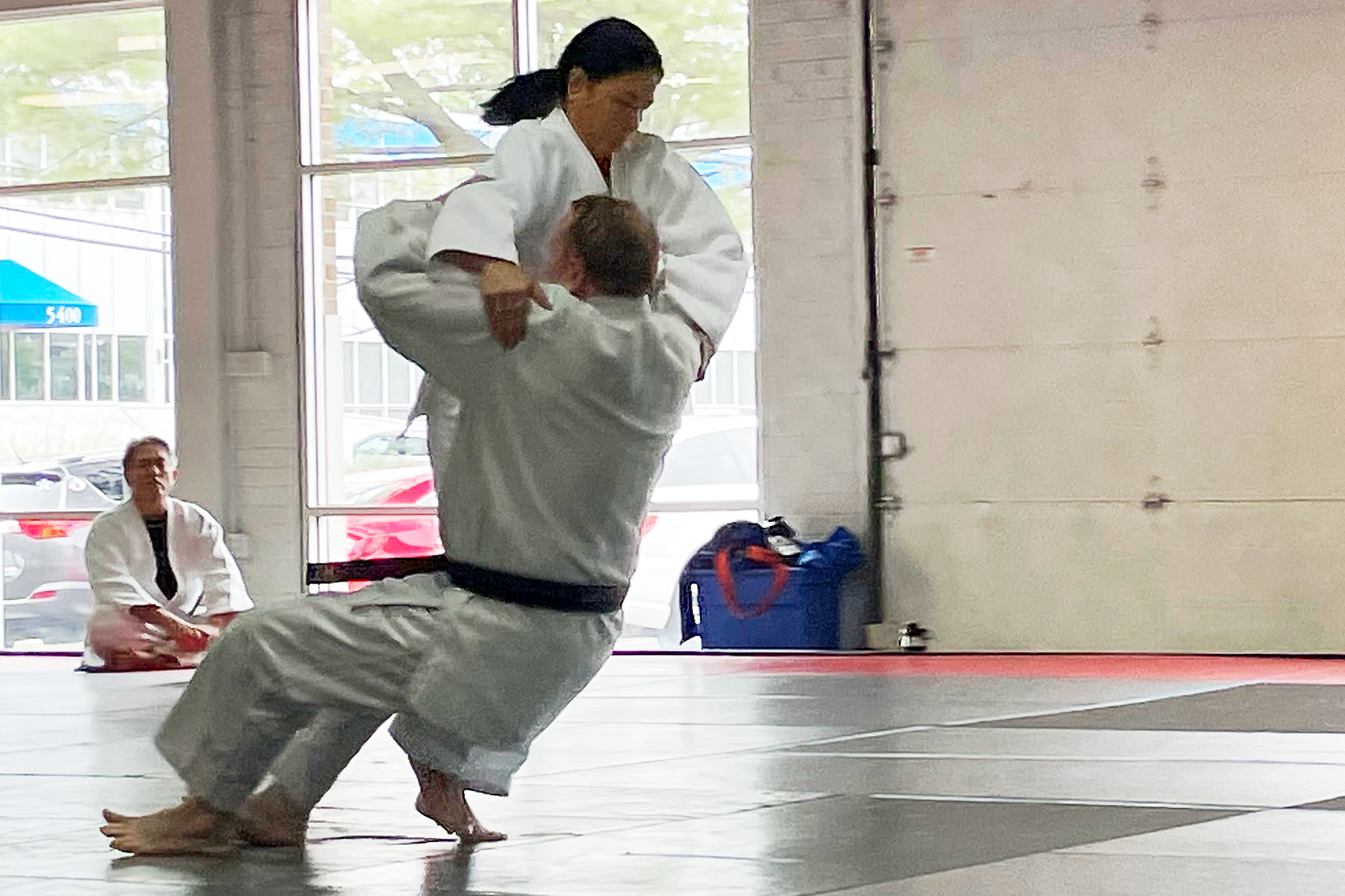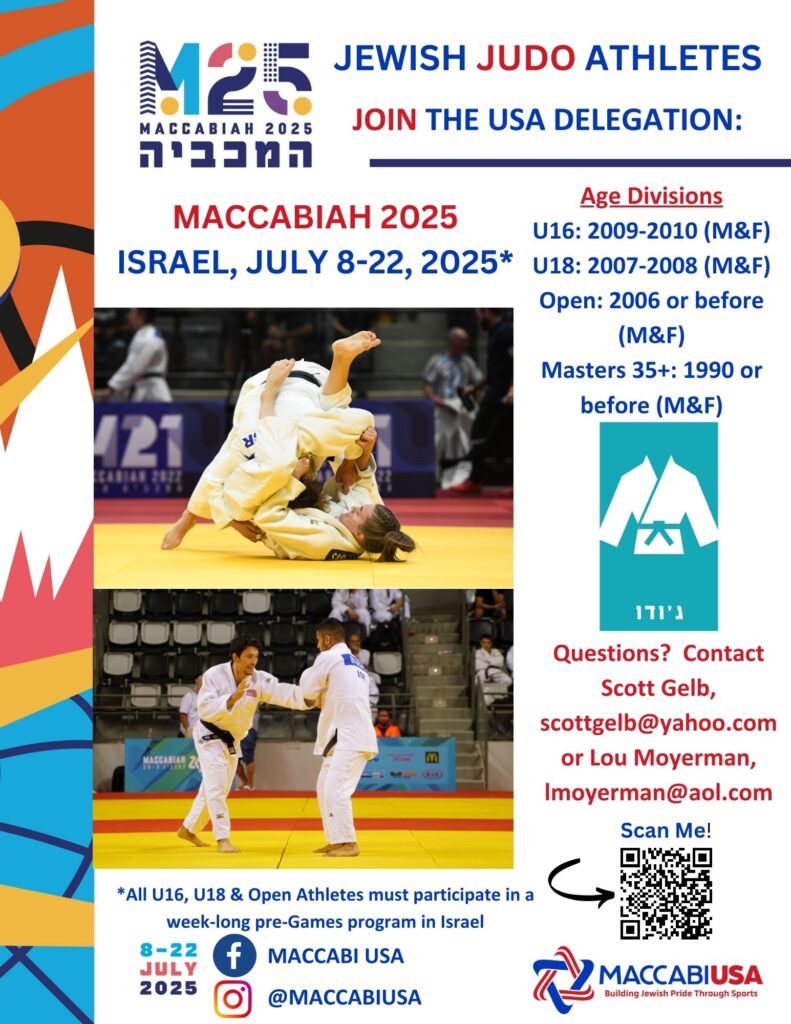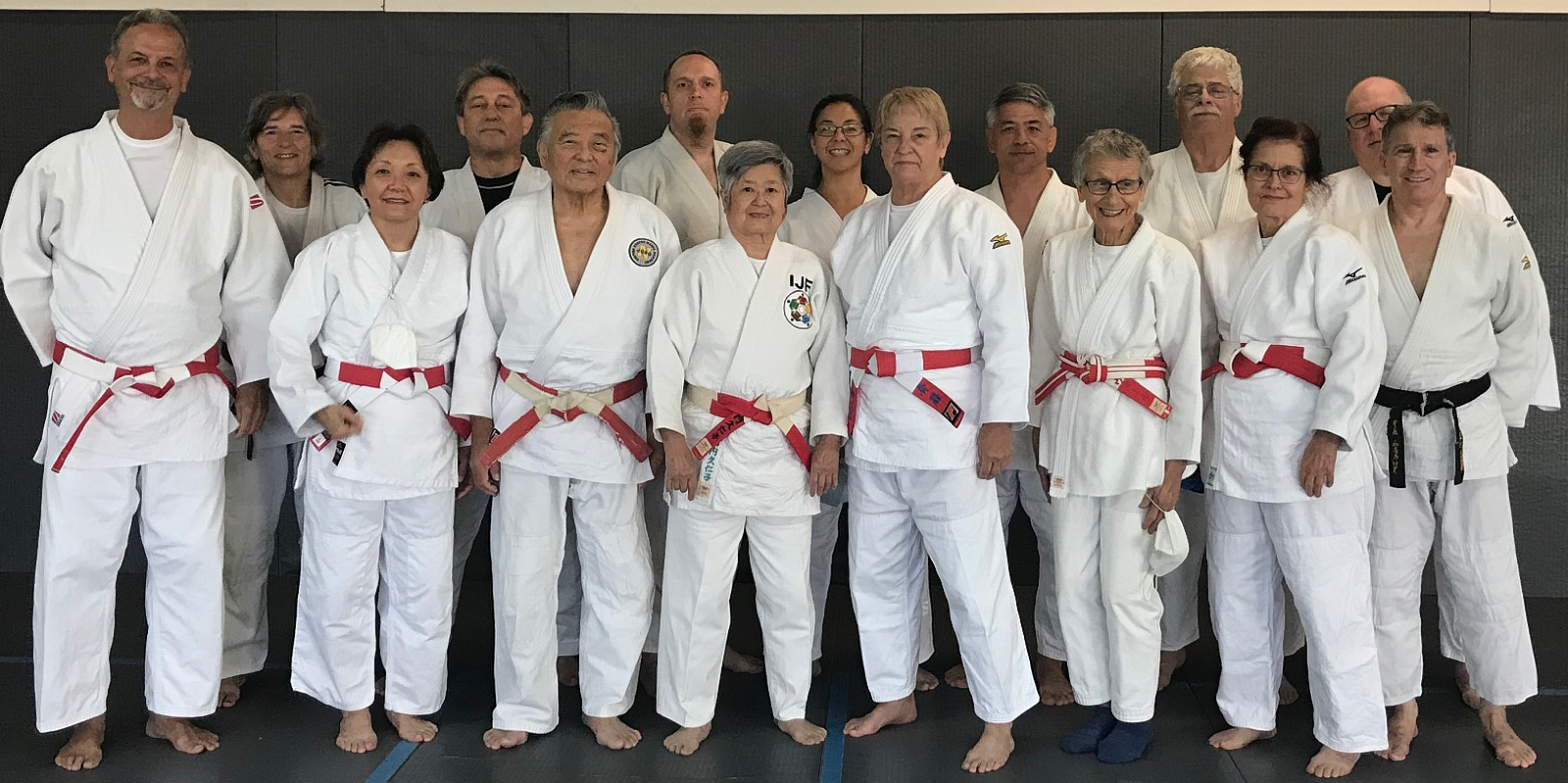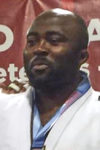by Roy Englert
Have you ever imagined yourself a samurai warrior clad in feudal armor? Perhaps not, but that is exactly what 15 high-ranking judoka were instructed to do on Sunday, August 22, when Dr. Kuniko Takeuchi and Frances Glaze Sensei instructed us on Koshiki No Kata – Forms of Ancient Things – at Sport Judo in Virginia.
Any experienced judoka who watches a video of Koshiki No Kata notices, even before the combat techniques begin, that the demonstrators’ kneeling bow is different from the usual zarei – stiffer, with the judoka not going all the way down to the mat. That is because the entire kata is to be performed as if the participants were wearing armor. Steps are slower and stiffer, and many of the techniques are performed in a way that would make perfect sense in combat between two armed warriors in armor. Among the videos available on the Internet to watch the techniques of Koshiki No Kata is at least one of Professor Jigoro Kano himself.
It was Shufu’s good fortune to be able to bring in Dr. Takeuchi and Glaze Sensei, from California and Ohio respectively, to share their deep knowledge concerning this fascinating yet somewhat rarely performed kata. Dr. Takeuchi, Hachidan, grew up and learned judo in Japan, where she was a member of the faculty at the Kodokan. Since the 1960s she has also taught judo in Malaysia, in England, and (for the majority of her judo career) in the United States. Her awards and honors are far too numerous to list, but among her noteworthy recent honors are election by the USJF in 2019 to the Hall of Fame and selection in 2020 by the Government of Japan to receive the Order of the Rising Sun, Silver Rays. Frances Glaze, Shichidan, had a very successful career as a shiai and kata competitor, domestically and internationally, and generously passes on her very vast knowledge while continually striving to improve her own judo.
The clinic attracted participants not only from the central part of Shufu but also from Texas, Michigan, Massachusetts, Connecticut, New York, and Delaware. In addition to the clinic, participants could be tested for certification as judges in Koshiki No Kata. Kata judge certification involves a practical demonstration of knowledge of both uke and tori roles, a written exam, and demonstration of judging ability. Candidates included Tom Sheehan from Michigan, Theo Schwalm from Texas, and Fran Vall, Karen Whilden, Miki Takemori, Diane Jackson, and Karl Tamai.
Dr. Takeuchi began the clinic by explaining that Koshiki No Kata is among the oldest of the seven Kodokan-recognized katas and that it constitutes Kano Shihan’s adaptation of various jujitsu techniques. One purpose of the kata is to tie judo back to its historical roots.
The morning instruction was entirely in the first 14 techniques of the kata, the “Omote.” Glaze Sensei divided the techniques into 7 pairs and had participants practice 2 at a time. In all 14 techniques, tori throws uke, sometimes from a standing or kneeling position and sometimes by the execution of sutemi waza. Of course, many familiar judo techniques eased the learning process, but the techniques all had distinct variations of their own. The names – such as Mizu-guruma (water wheel) and Shikoro-dori (grabbing the neck plates) – were new to even the many godans and rokudans who were receiving instruction. The 9th technique of the “Omote” (front) set had a familiar name – Tani-otoshi (valley drop) – but had its own special features.
After a lunch break, instruction resumed with the “Ura,” the remaining 7 techniques of the kata. Though still performed as if the participants were wearing armor, these 7 techniques flow rapidly from one into another. The hapless uke gets up after being thrown but then either rushes the tori and gets thrown again or is subjected to the indignity of quickly having tori make a back-handed scooping strike to uke’s eyes and then use the resulting off-balancing to throw uke again. It was, in a word, fun. The sophistication of the techniques was no less in the Ura than it had been in the Omote, and the role of uke was demanding, yet even so the sequence bordered on humor as tori defeated uke again and again.

Diane Tamai Jackson and Theo Schwalm demonstrating for the clinic attendees, as Steve Berliner looks on.
Throughout both the morning and afternoon instructional sessions, Karl Tamai and Diane Tamai Jackson provided invaluable assistance to Dr. Takeuchi and Glaze Sensei. Karl and Diane, aside from being skilled and active kata competitors and judges, had obviously put in a tremendous amount of effort learning Koshiki No Kata even before the clinic so that the rest of us would have active participants to emulate. Not only did Karl and Diane demonstrate the techniques, but also they were kind in offering welcome pointers to the participants less experienced in this kata. They led the participants in demonstrating each set of techniques simultaneously, so the clinicians could observe the participants movements.
At 2:30, work on the kata was briefly suspended so that Shufu Board of Examiners Chair Miki Takemori could present our own beloved Dick Hugh with his Hachidan certificate. Dick is going strong at 92, and it was a delight to be able to present him his arguably overdue recognition with so many high-ranking judoka, including distinguished guests, present.
The remainder of the clinic consisted of demonstrations by the clinic students. All performed admirably, particularly considering that, as Takeuchi Sensei wryly observed first thing in the morning, “we are all over 50 years old.”
Shufu was fortunate indeed to be able to host this clinic, which was the very first USJF-sanctioned event to take place since the pandemic shut things down. Diane Jackson organized the clinic in addition to learning and demonstrating the kata herself. We owe a debt of gratitude to Takeuchi Sensei, Glaze Sensei, and Jackson Sensei.




